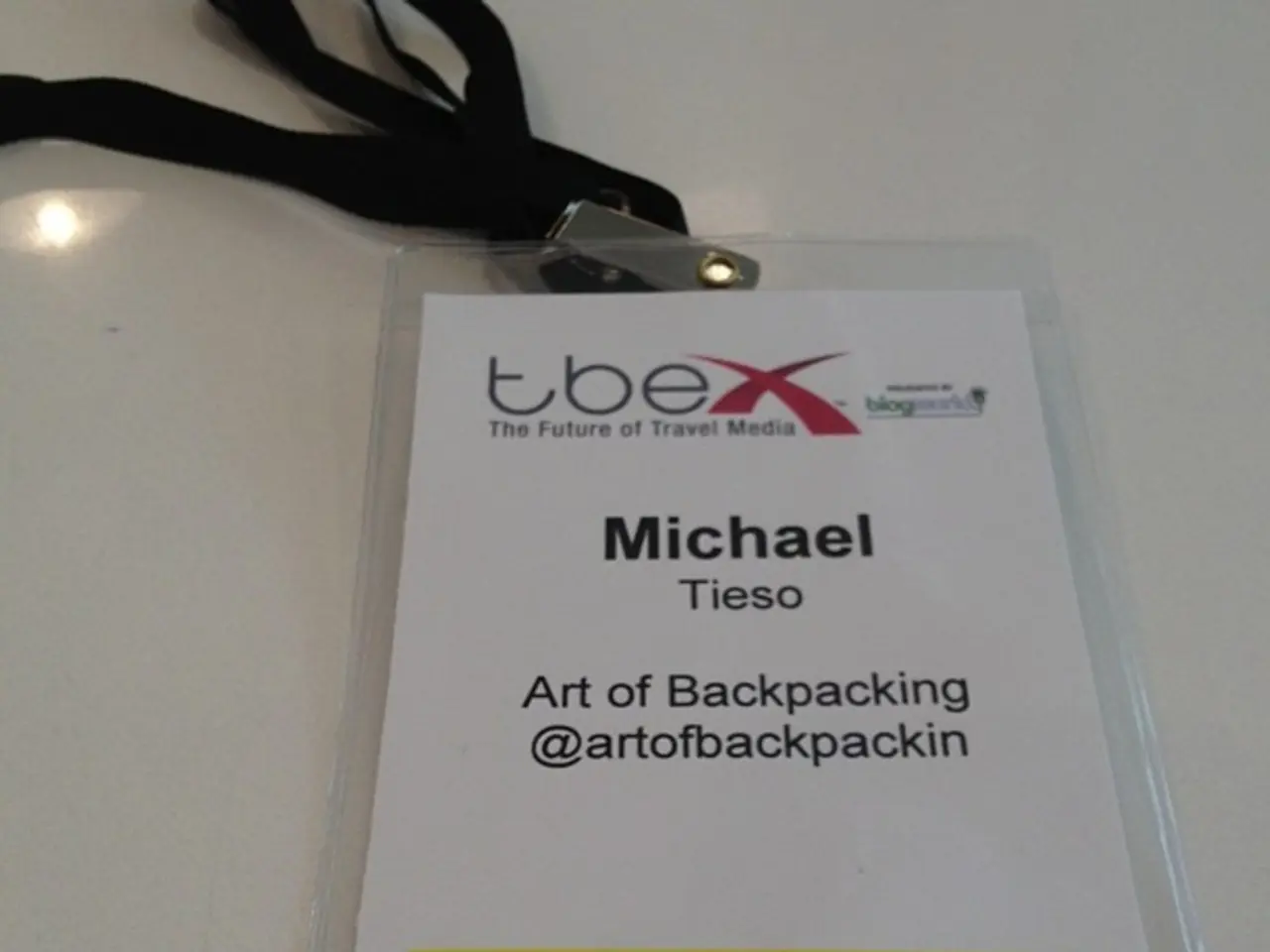Effective Strategies for Overcoming Post-Holiday Syndrome
Post-Vacation Transition: Shift from Leisure to Labor
Returning to work after a long vacation can be a challenging experience, often marked by feelings of sadness and a sense of loss. This phenomenon, known as the Post-Holiday Syndrome, can be managed effectively with some simple strategies.
1. Ease Back into Your Routine
One of the most effective ways to manage the Post-Holiday Syndrome is to ease back into your routine gradually. Avoid trying to be 100% productive immediately. Consider returning to work mid-week to ease the transition, as suggested by the Institute for Applied Work Science (Ifaa) [1].
Additionally, adjusting your sleep and meal schedules a few days before your return to align with your work schedule can help your body and mind adjust more smoothly [1].
2. Maintain Enjoyable Activities
Continuing to engage in hobbies and social activities that you enjoyed during your vacation can help maintain emotional balance. This can provide a sense of continuity and prevent the feelings of loss that often accompany returning to work [1].
3. Practice Relaxation Techniques
Engaging in meditation, yoga, or breathing exercises can help reduce tension and improve your mindset. These practices can be particularly helpful in managing the stress associated with returning to work [1].
4. Revisit Your Goals
Reflecting on your personal and professional goals can help find purpose and excitement in returning to work. This can provide motivation and help you focus on the positive aspects of your job [1].
5. Open Communication
For families, open communication about the emotional impact of returning to routine can help manage feelings of loss and adjustment. Discussing these feelings can help everyone understand and support each other during this transition [2].
6. Reframe the Experience
Viewing the return to work as a transition rather than a negative experience can help shift your mindset. Focusing on personal growth and new opportunities can help you approach your work with a positive attitude [4].
These strategies can help individuals manage the transition back to work after a long vacation and reduce the feelings associated with the Post-Holiday Syndrome. Nicole Ottersböck, a scientific expert at the Institute for Applied Work Science (Ifaa), recommends starting with simple tasks to achieve quick successes and stay motivated. She also suggests using the first day back to get an overview and structure tasks, and to postpone meetings if possible. A tidy workspace, according to Ifaa, promotes better concentration [3].
References:
[1] Ifaa. (2021). Strategies for Overcoming Post-Holiday Syndrome. Retrieved from https://ifaa.org/strategies-for-overcoming-post-holiday-syndrome
[2] Family Lives. (2020). Managing the Back to School Blues. Retrieved from https://www.familylives.org.uk/help-and-advice/children-and-young-people/school-and-education/managing-the-back-to-school-blues/
[3] Ifaa. (2021). Workspace Organization and Productivity. Retrieved from https://ifaa.org/workspace-organization-and-productivity
[4] Mind. (2020). Dealing with the Post-Holiday Blues. Retrieved from https://www.mind.org.uk/information-support/tips-for-everyday-living/dealing-with-stress/dealing-with-the-post-holiday-blues/
- To foster workplace wellness and maintain a health-and-wellness lifestyle, consider adopting relaxation techniques such as meditation, yoga, or breathing exercises that can help reduce stress and improve your mindset.
- To incorporate home-and-garden elements into your work routine for a more enjoyable workplace, strive for a tidy workspace as it promotes better concentration and productivity, according to the Institute for Applied Work Science.
- To continue your science and lifestyle pursuits, engage in hobbies and social activities outside work that you enjoyed during your vacation, as these can help maintain emotional balance and provide a sense of continuity.






